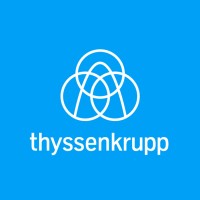
Mitsubishi Heavy Industries
Mitsubishi Heavy Industries (MHI) Group is one of the world’s leading industrial firms. For more than 130 years, we have channeled big thinking into solutions that move the world forward – advancing the lives of everyone who shares our planet. We deliver innovative and integrated solutions across a wide range of industries, covering land, sea, sky and even space. MHI Group is 80,000 strong in more than 200 companies worldwide, operating in various sectors: power & energy, industrial machinery, urban infrastructure, aerospace and defense. We have a consolidated revenue of around 40 billion USD, and have consistently been a Fortune Global 500 company since the list's inception. We aim to contribute to environmental sustainability while achieving global growth, using our leading-edge technologies. By bringing people and ideas together as one, we continue to pave the way to a future of shared success. Learn more about us at https://www.mhi.com See our solutions in action at https://spectra.mhi.com By accessing, using or interacting with Mitsubishi Heavy Industries on LinkedIn, you accept and agree to be bound by these guidelines: https://www.mhi.com/conditions/social.html






